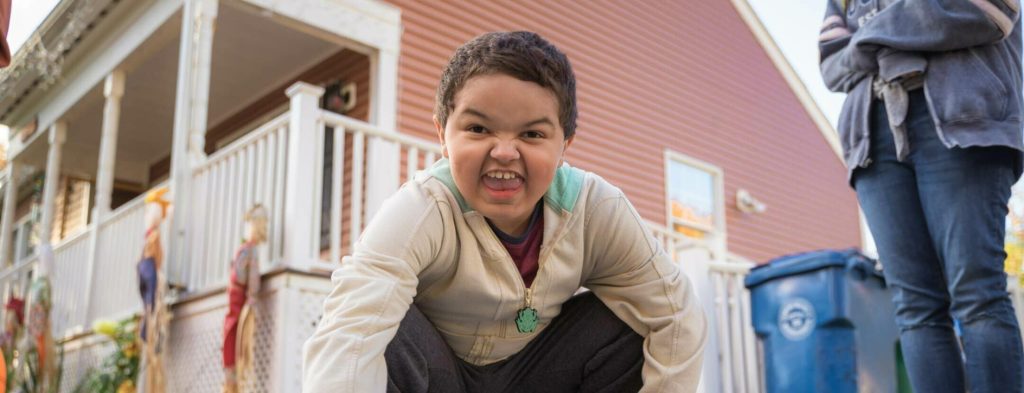Stacy returns from the store with grocery bags hanging from both arms. She pushes the front door open and enters the house. It’s suspiciously quiet. She looks over and sees the TV on in the living room, but not one of her three children comes to greet her. She picks up the remaining bags and heads to the kitchen counter.
“Boo!” Miguel, her son, jumps out from the hallway.
Stacy is startled, nearly dropping the groceries. She turns and sees Miguel grinning and bobbing his head. She lunges playfully and tries to grab him, but he evades her and scampers off to his bedroom, giggling all the way.
“Oh you!” Stacy shakes her head as a smile spreads across her face.
Pranks and tomfoolery are a common pastime in this family, and one successful scare only ups the ante for the next. “My mom likes to scare me when I come out of the bathroom,” says Tatiana, Stacy’s oldest daughter. Recently, Stacy placed a large, rubber spider on the couch in the living room. When Tatiana sat down to play video games with her younger sister, Adriana, and Miguel, her hand touched the long, wooly legs and she let out a scream. Miguel thought this was very funny, and he looked forward to the chance to get revenge against his mom.
“I learned that it’s not my fault, it’s genetics. But I still love him regardless of what he has. I try to be present with him, not be negative. Just be happy that he’s here—that he’s alive.”
— Stacy, Miguel’s mom
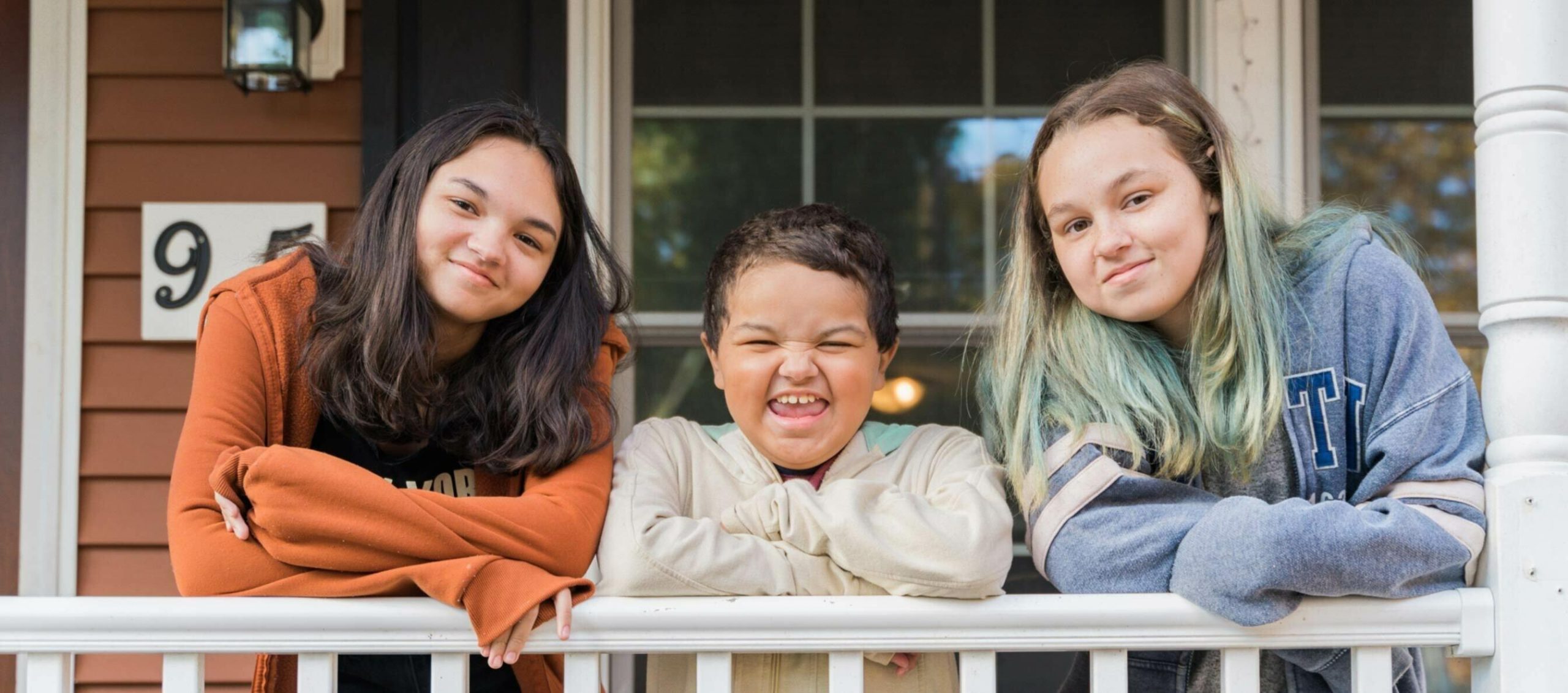
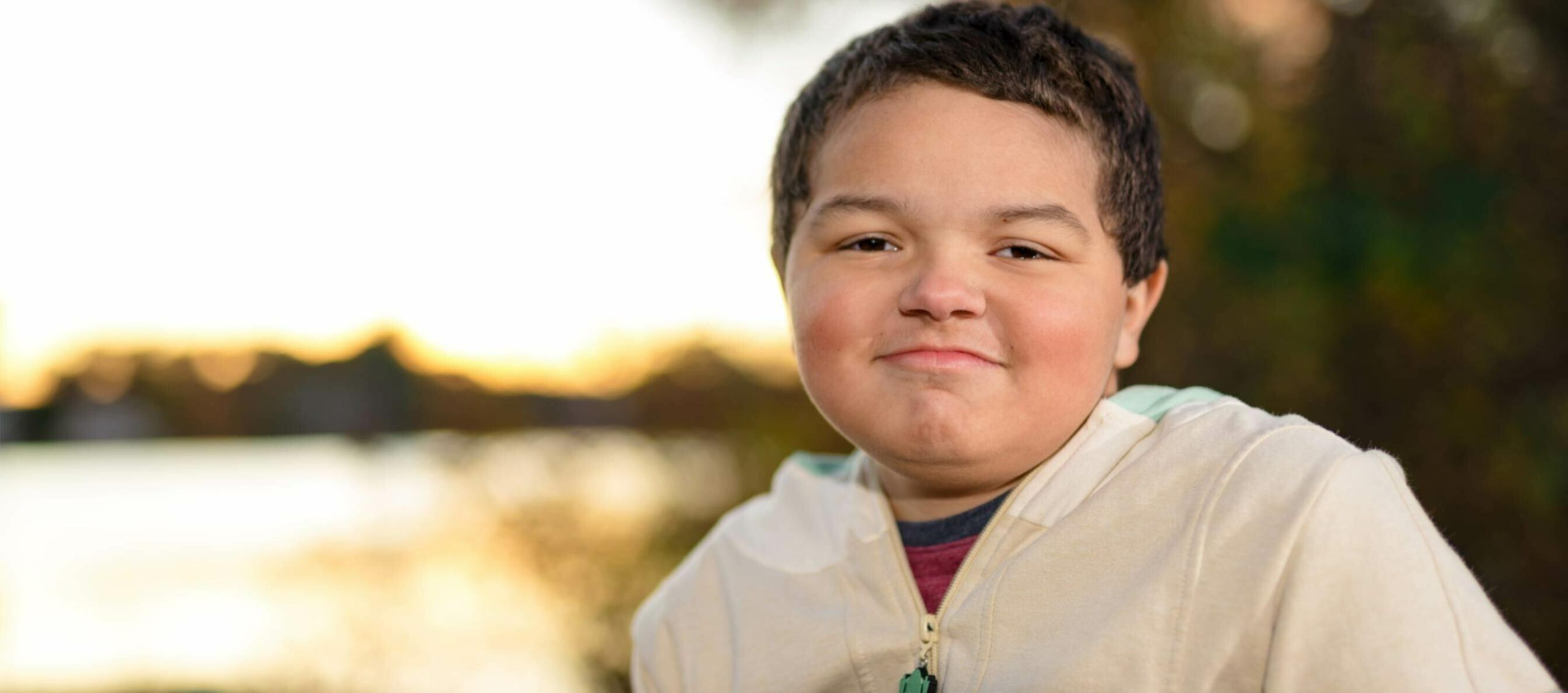
Hiding in his bedroom Miguel is immersed in his world of stuffed animals. They line one side of his bed, so many that he has to move them to sleep. He grabs Rex, a stuffed stegosaurus (his current favorite), and squeezes him tightly under his arms. His collection is more than a cute sight—they help him relax. Throughout his day, he totes one of his plush friends around to keep him company, and provide a stabilizing emotional output.
Finding emotional stability has been challenging at times, not just for Miguel, but his entire family, as they continue to come to terms with his condition, and support him in reaching important milestones. Miguel lives with Duchenne muscular dystrophy (DMD), a neuromuscular disease that has been compounded by another genetic condition: a duplication on the short arm of chromosome 13 (r13). For the past decade-plus, Stacy and her husband, Miguel Sr., have sought to understand and differentiate the issues that each genetic condition has created in order to provide the best possible care for their only son.
Miguel’s complications started at birth. The third child born to Stacy and Miguel Sr., from the moment of his arrival there were indications that something was off. He was born tongue-tied (ankyloglossia,) and had trouble holding his head and limbs up. However, their pediatrician didn’t seem overly concerned. “They sent us home, but I knew something was wrong,” recalls Stacy. “Call it mother’s intuition.”
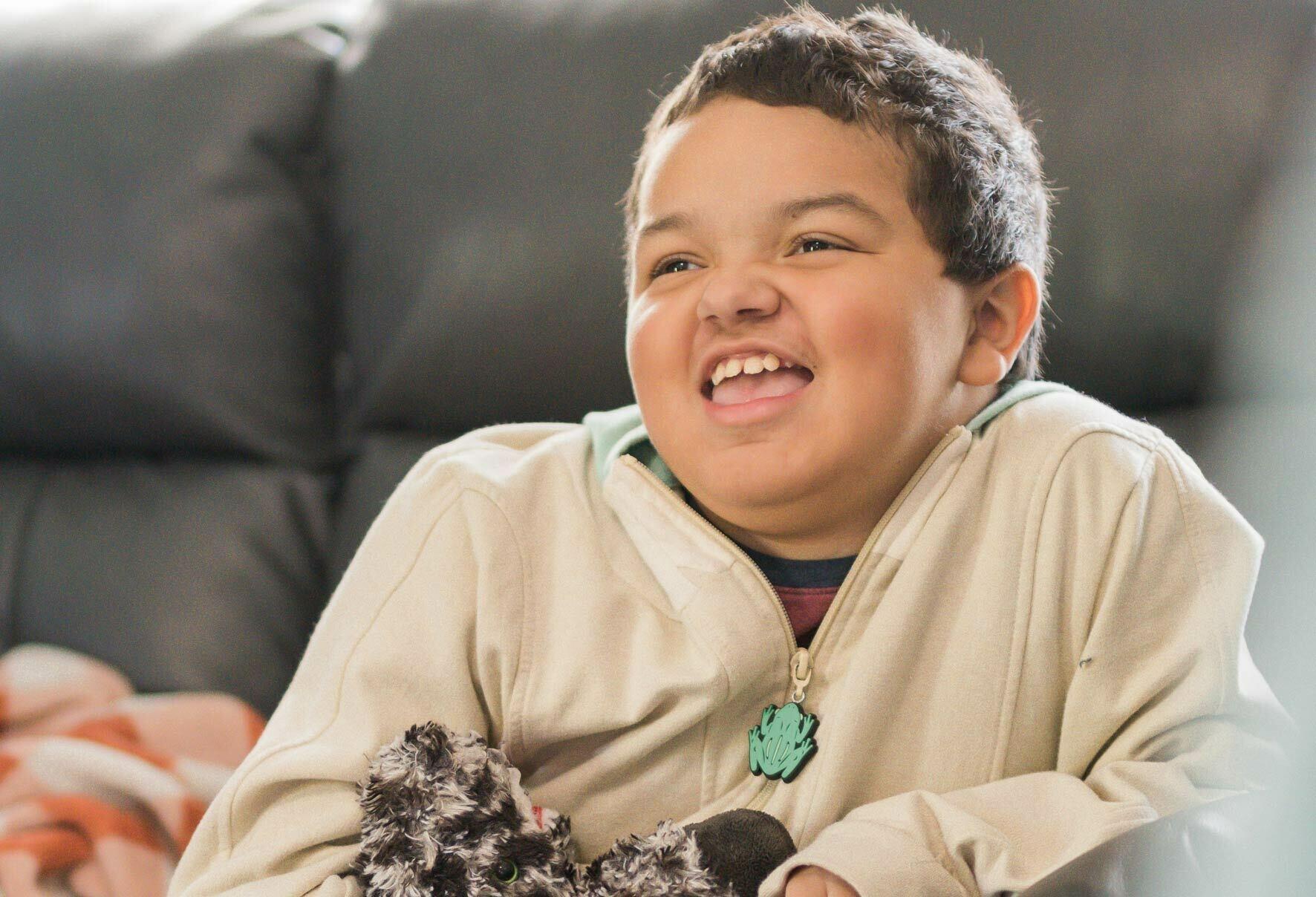
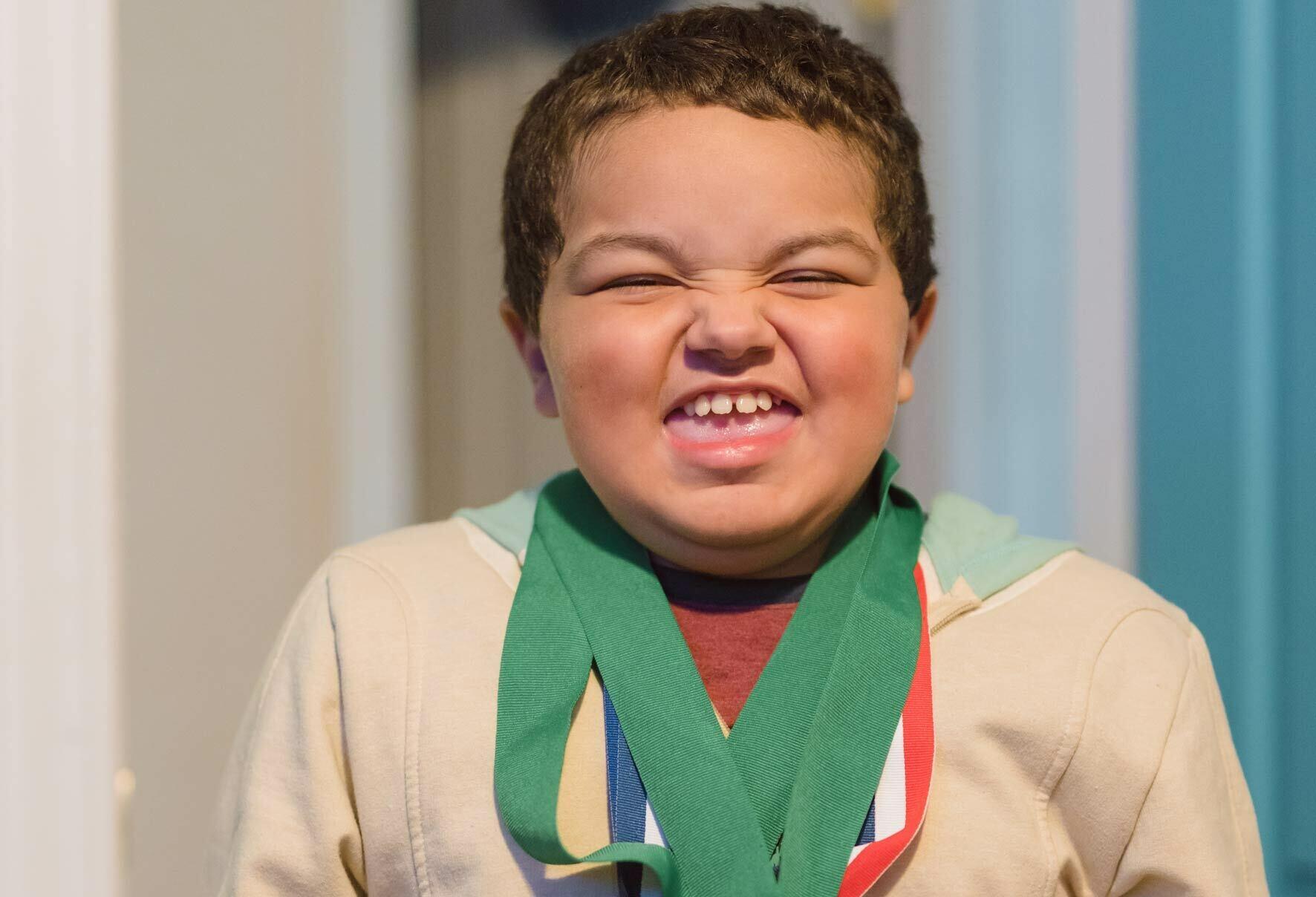
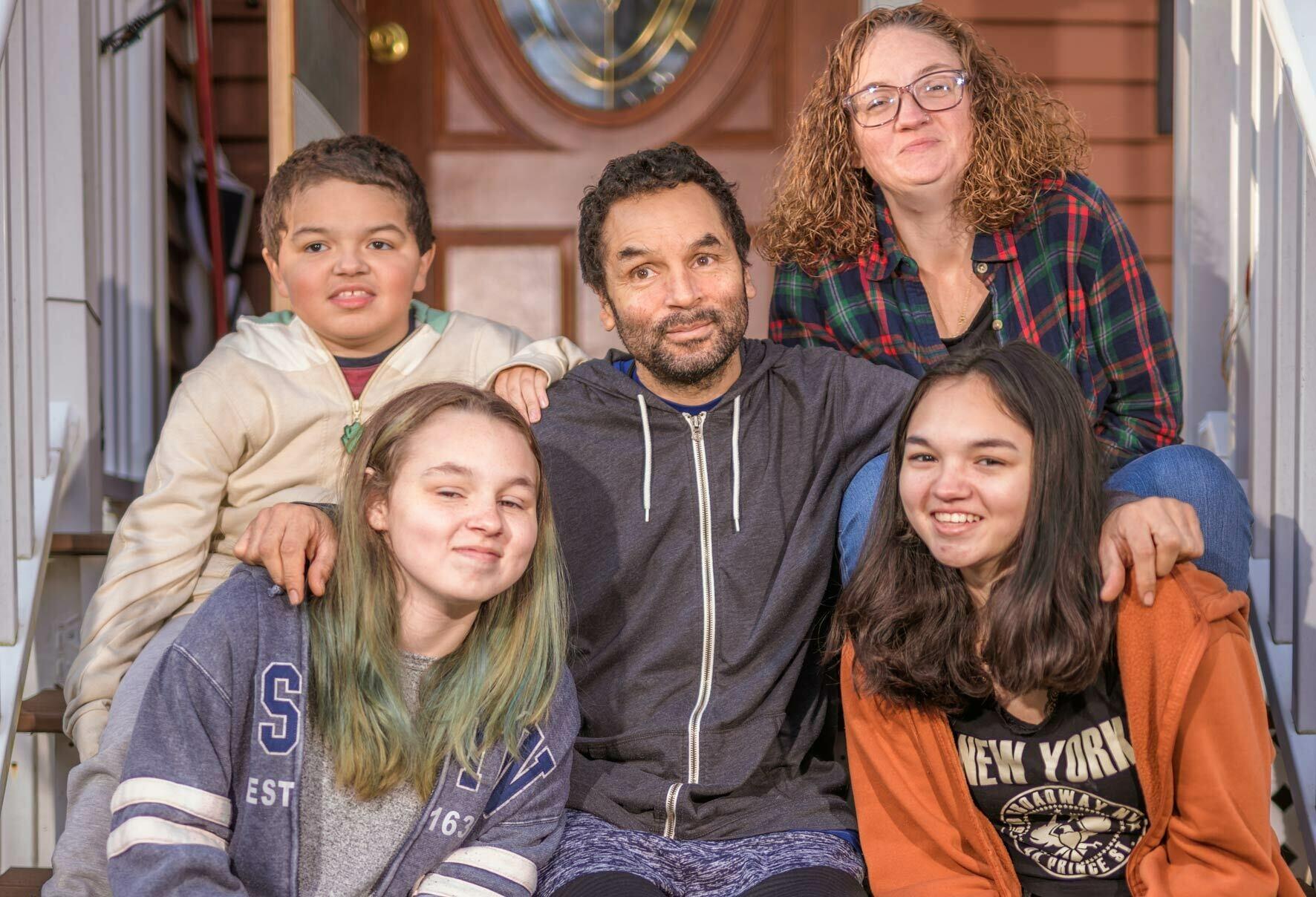
In the weeks after taking Miguel home these issues did not improve. “He didn’t meet milestones,” says Stacy. Miguel couldn’t sit up or roll over, and when he was placed on his tummy, he would writhe and scream in pain.
Stacy brought these concerns time and again to her doctor, located in her home town of Lowell, Massachusetts, but it took months before she was referred to a neurologist. “I felt defeated,” says Stacy. “I just wanted someone to listen to me.” The specialist’s early tests were inconclusive, and a variety of potential causes were hypothesized.
At six months old, Miguel underwent what would be one of many corrective surgeries that, as the family would eventually learn, were potentially due to the r13 duplication1. The operation to lower his testicles (orchidopexy), revealed a hernia, which explained why Miguel was seemingly in such pain when he was on his stomach. The hernia burst during surgery, putting Miguel’s life at risk, but fortuitously, the surgeon managed to correct it before closing him back up. “Thank god he found it,” relays Stacy. “If he didn’t, he would’ve died.”
Finding emotional stability has been challenging at times, not just for Miguel, but his entire family, as they continue to come to terms with his condition, and support him in reaching important milestones.
At one year old, doctors decided to screen Miguel for genetic abnormalities that could be the root cause of his difficulties. On November 1, 2011, Stacy and Miguel Sr. were called into a hospital in Boston to learn the results. The genetic counselor’s office was dark, with no windows. Stacy stood nervously behind the desk with Miguel Sr. by her side.
“Sit down,” implored the counselor.
“I need to know if my son is going to die,” Stacy blurted out.
“Well, yes and no,” said the counselor. She reached down to a stack of papers and pushed them across the table.
Stacy froze as her mind rattled with the toughest emotions she had ever felt. The counselor began trying to explain that her son had a condition called DMD—she mentioned Jerry Lewis. In an instant, Stacy knew, but the noise in her head was deafening. She was overwhelmed and could not continue the conversation. “I felt like the walls were closing in on me,” she recalls. Recoiling in horror, full of impenetrable sadness, she left the room in tears and proceeded with Miguel Sr. out of the hospital.
“We’ll get through it. We always do,” said Miguel Sr. to Stacy, sitting in their car. He is a man of few words, but what he chooses to share has a profound impact and signifies his immense dedication to his family. He put the packet of papers down in the backseat and started to drive home.
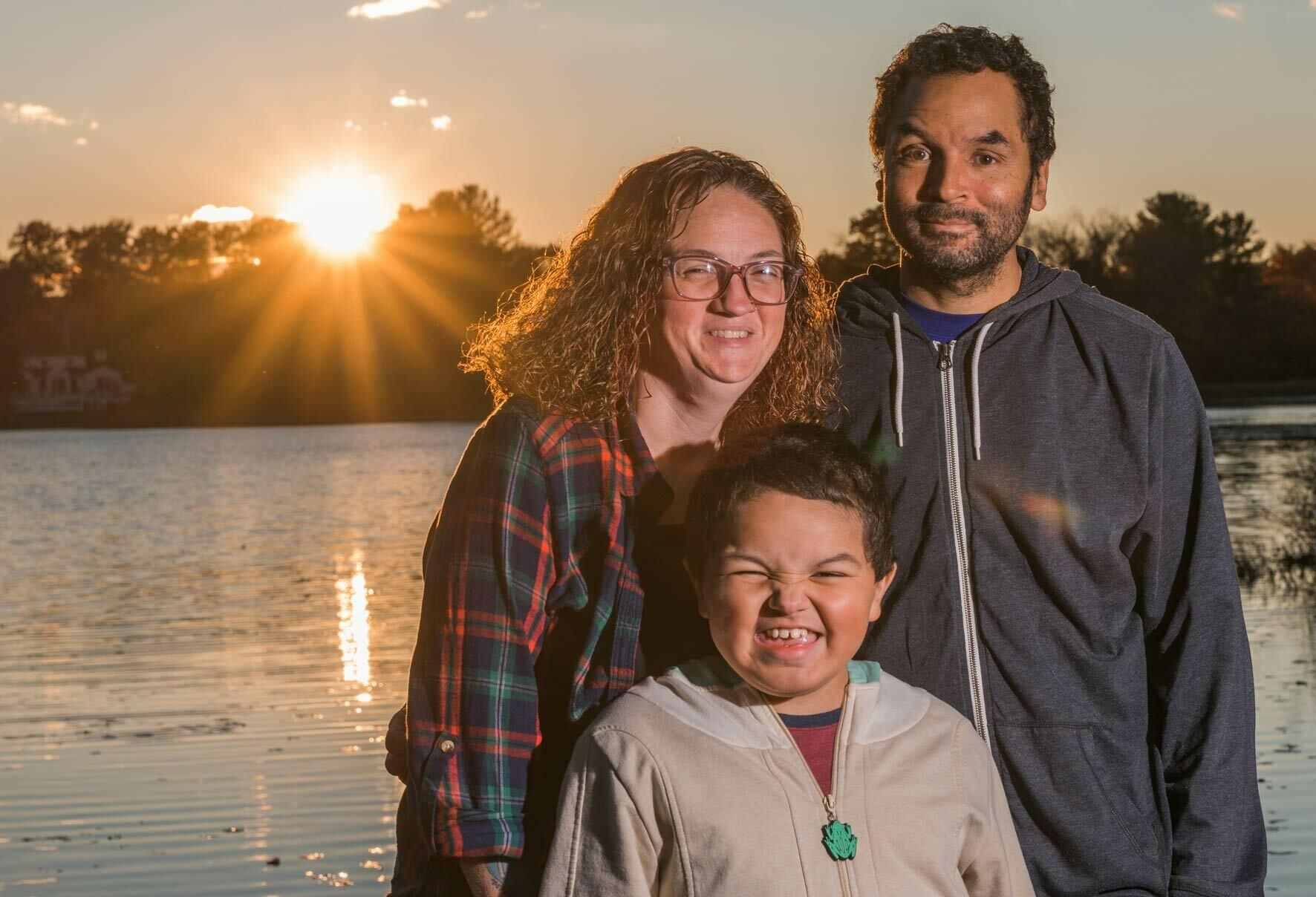
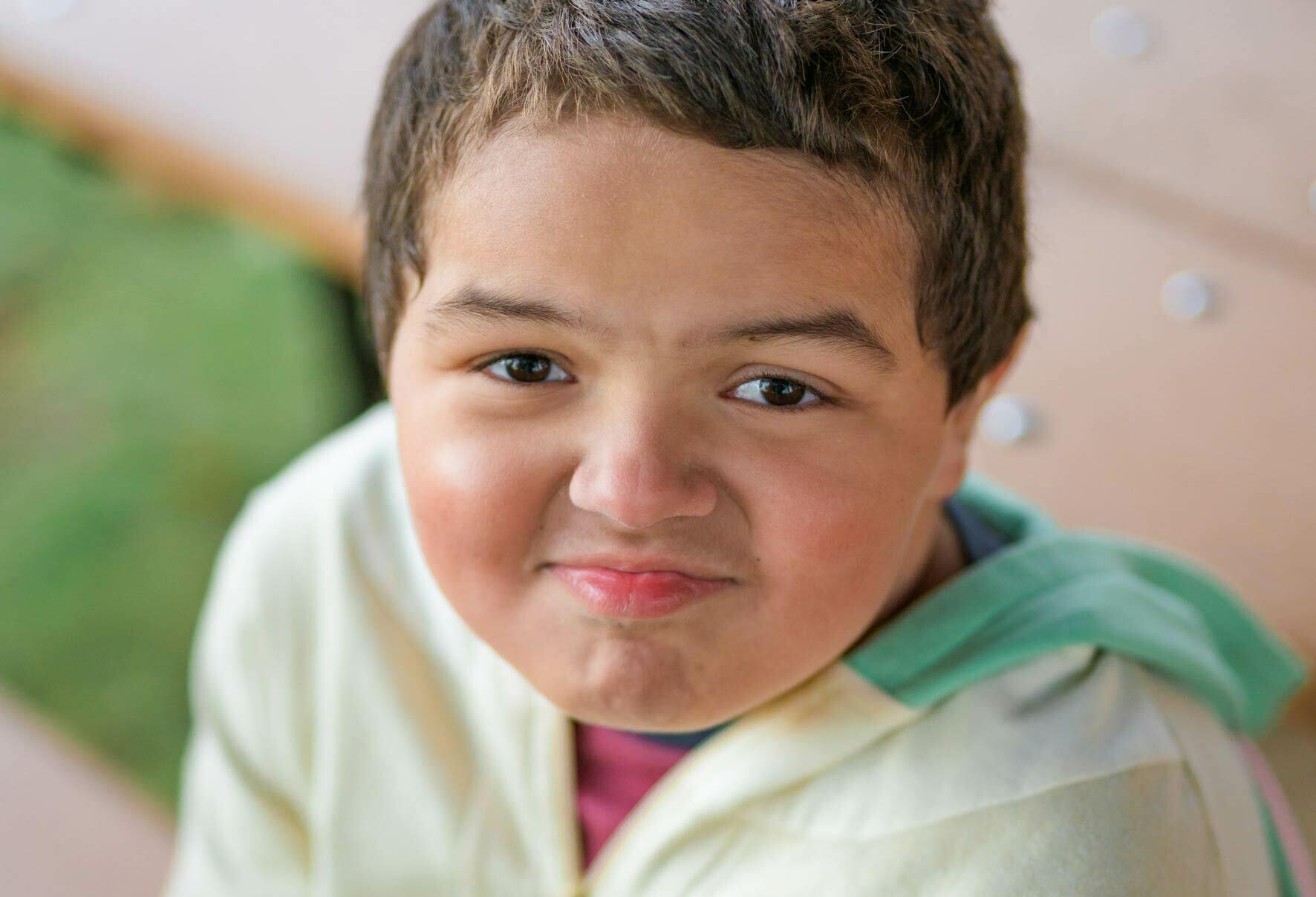

Eventually Stacy would read the packet cover to cover. This was just the beginning of a rapid program of education that would help transform her grief and anger into more productive thoughts. “At first I blamed myself,” Stacy reflects. However, after connecting with other DMD moms on Facebook and having frank conversations about her situation, she garnered a better understanding of genetics. There was no familial history of genetic disease, and Miguel was no simple case.
Stacy began attending conferences with Cure Duchenne and the Jett Foundation where she and Miguel got to meet lots of other boys with the condition and learn about better treatment options. This provided a new, important resource for the family: They were able to start seeing a neuromuscular doctor—an expert in DMD—who relocated to Worcester, less than an hour away from their home.
Following years of difficult and frustrating interactions with doctors, Stacy was relieved to have a specialist who could meet them where they were at, could remember their names, and the peculiarities of Miguel’s case.
Developmental milestones remained elusive in the coming years. Miguel didn’t walk until he was six years old and has never fully mastered speech. Today, his words are garbled and hard to decipher, but with his family to help translate for him, it is clear that he understands what is being said and can respond when necessary. However, it remains unclear to what extent he grasps his own predicament. “I don’t know if he understands that he’s different,” says Stacy. “I don’t treat him like he’s different.”
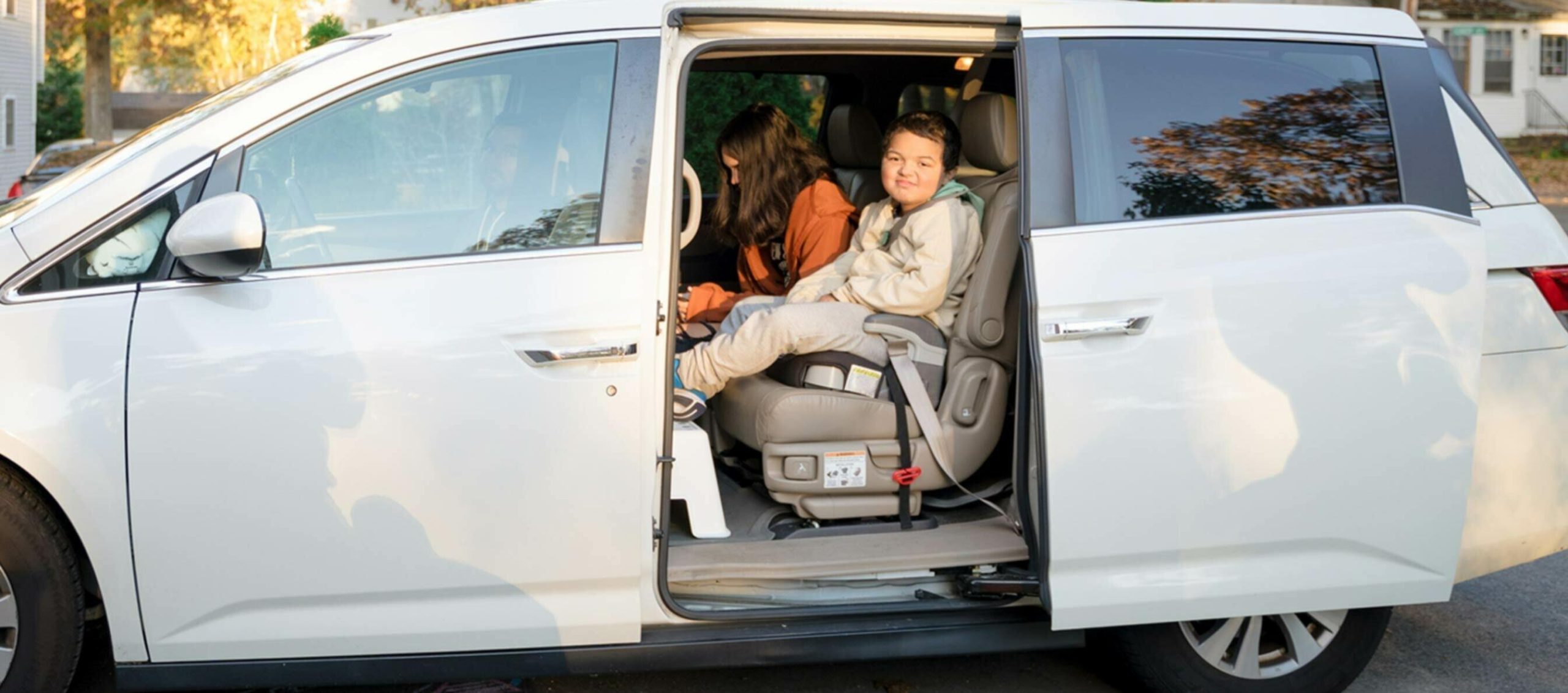

His past and future trajectory is also distinct from typical boys with Duchenne—a notion supported by his physician. “I want to say he has a mild form of Duchenne,” says Stacy. “He’s not like the other boys our doctor sees. She can’t give us a timeline of when he’s going to stop walking. He could be walking for months or for years.” His deletion (exons 70-79) is uncommon, coming at the very end of the sequence of the dystrophin gene, meaning that even among others with this rare disease, he is considered quite unique.
While most boys with DMD learn to walk young and then lose the ability as they hit puberty, Miguel’s slower progression means that he can still walk fairly well, although he does tire easily. He has a large stroller that his family uses when long stretches of walking are required. Likewise, his overall muscular strength remains, which has allowed him to participate in many activities from swimming to baseball to adaptive skiing.
All of these factors have provided relief from the feelings that were originally stirred in 2011 when Miguel was first diagnosed. “I learned that it’s not my fault, it’s genetics,” says Stacy. “But I still love him regardless of what he has. I try to be present with him, not be negative. Just be happy that he’s here—that he’s alive.” The feelings of culpability and hopelessness have been replaced by a determination to make sure Miguel enjoys life and gets the best possible care.
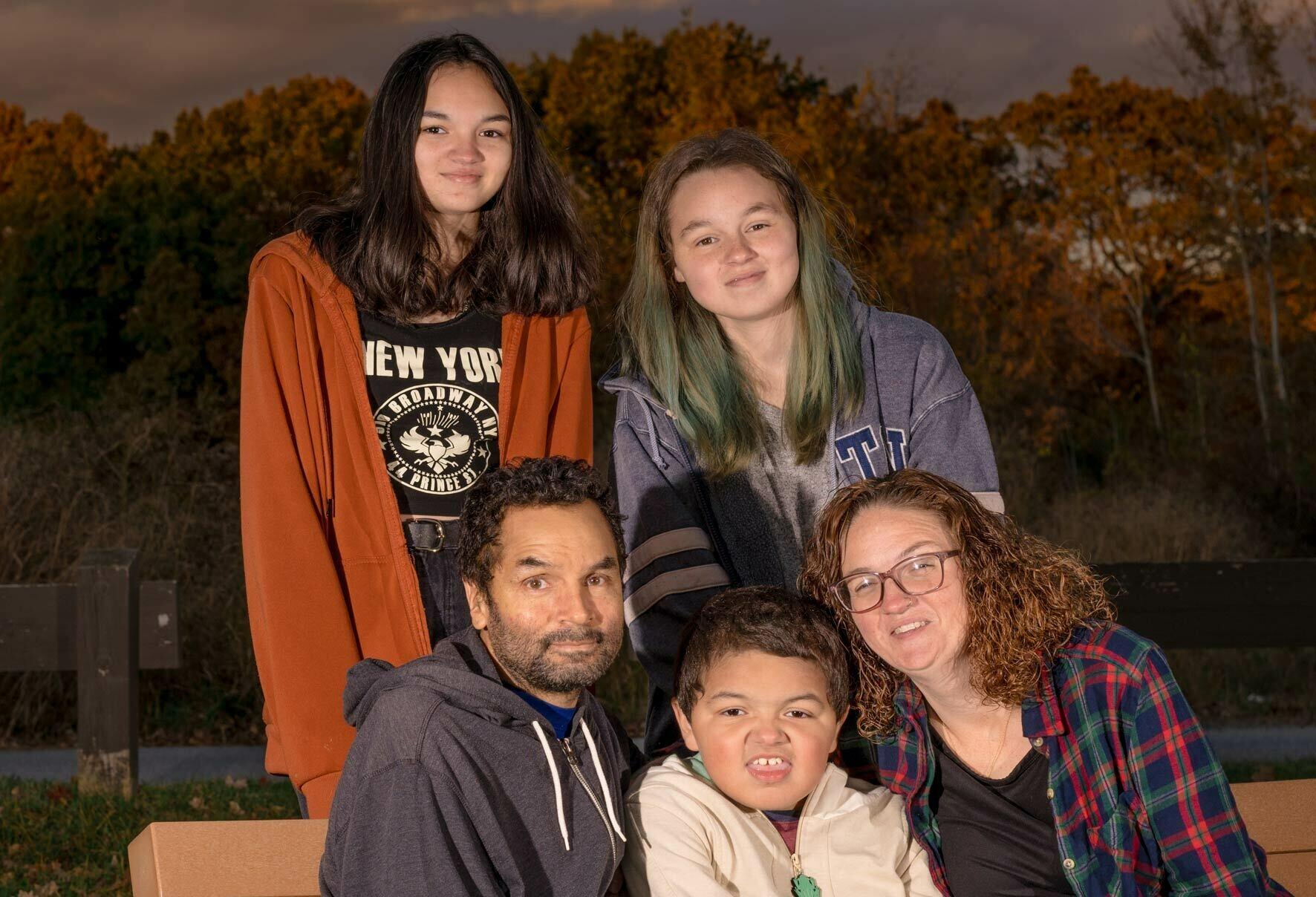
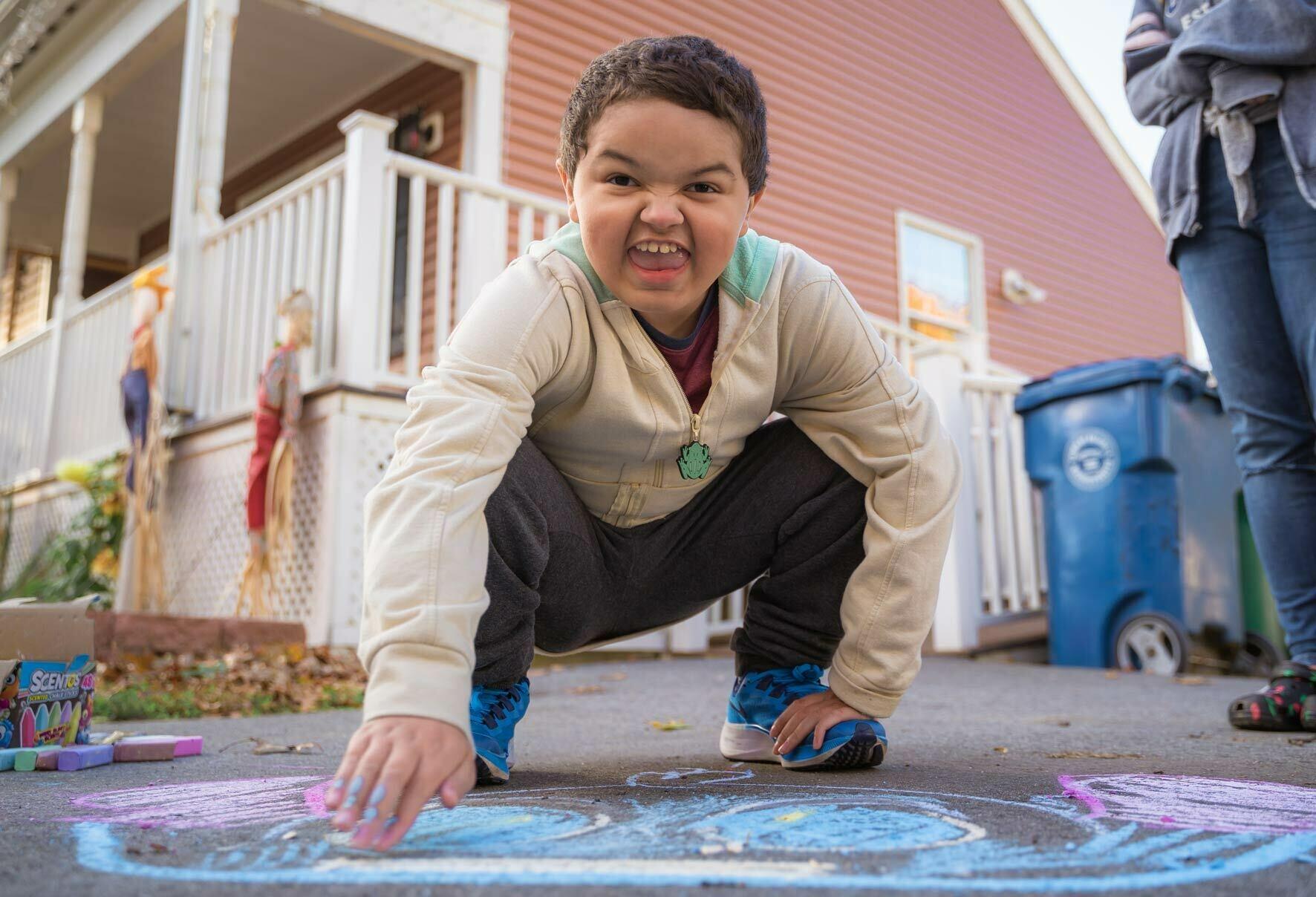
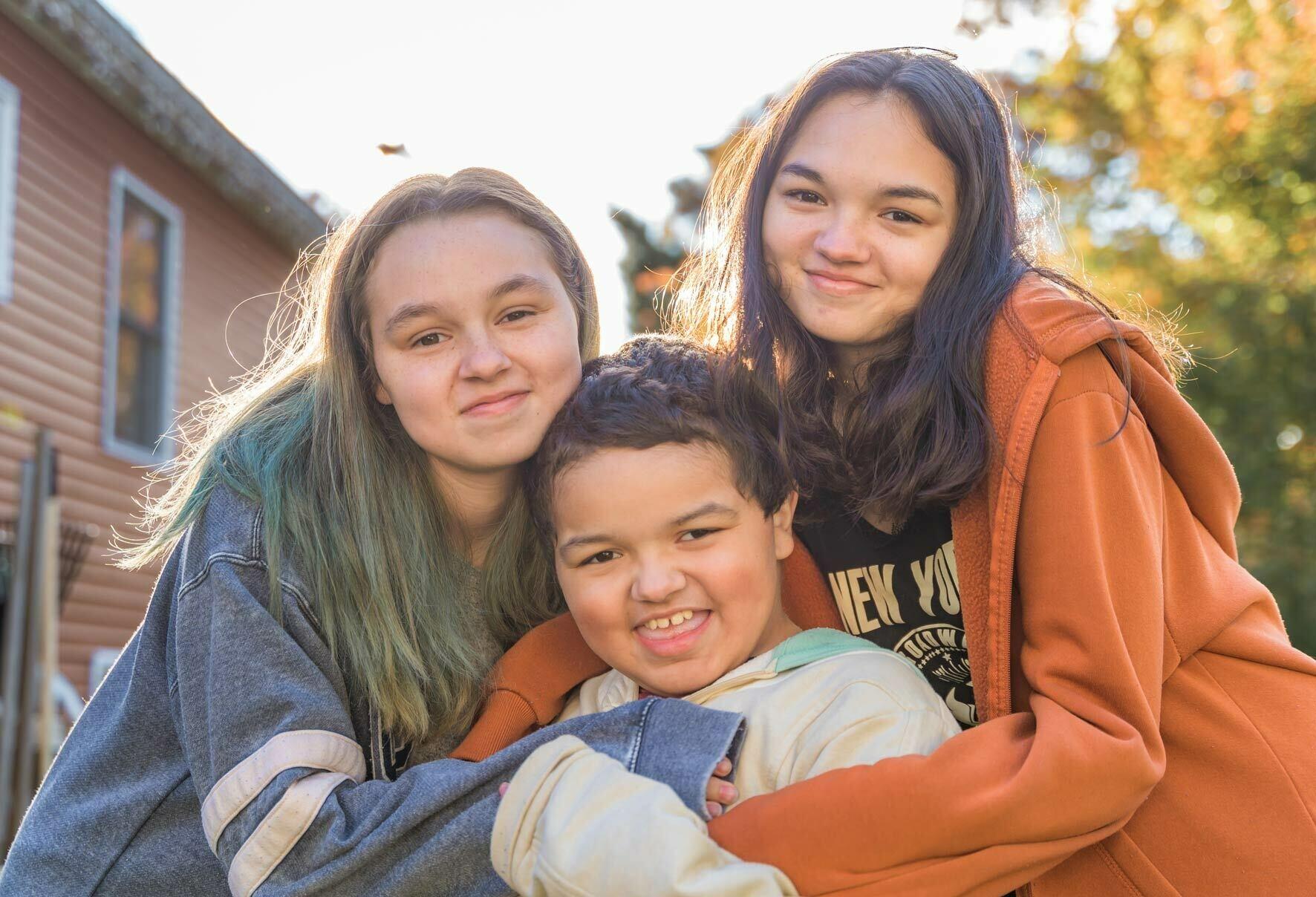
Stacy is Miguel’s primary caretaker meaning that she’s opted to stay home with him while her husband goes to work, his job providing health insurance. “When Miguel was first diagnosed, I thought it would change our marriage,” says Stacy, who met Miguel Sr. while she was still in high school. “But he didn’t get cold feet. He stepped up.” Miguel Sr. now helps his son in the mornings and evenings, doing necessary stretches to relieve cramps and maintain mobility and administering his medicines including deflazacort, a glucocorticoid medication that can help slow down the progression of DMD. “I needed that support from him,” reflects Stacy. “It was hard… going to appointments alone, and managing all his care. It was like a full-time job.”
“When Miguel was first diagnosed, I thought it would change our marriage,” says Stacy, who met Miguel Sr. while she was still in high school. “But he didn’t get cold feet. He stepped up.”
Miguel Sr. returns home from another day’s work at a carpet factory near the family’s home in Billerica. He is tired, but happy to see Miguel and his girls out playing in the driveway. In his subtle way, he greets them, exchanging commentary under his breath. Tatiana just graduated from high school this past year, and Adriana is still a couple years away from doing the same.
As the afternoon wanes, they all decide to head to a park for a quick outing, a break from the indoor activities that have defined much of the last year-and-a-half of living through the COVID pandemic. Stacy helps Miguel out of the minivan and he heads toward the water, the sinking autumn sun reflecting off the pond. The light in turn illuminates Miguel’s infectious smile, bringing joy to the rest of his family. There have been tough times throughout Miguel’s journey, but moments like this bring respite to the worries that arise from his diagnoses. “There is a plaque on my door that sums up my philosophy,” says Stacy. “It says, ‘Waiting for the storm to pass is about dancing in the rain.’” Finding fun moments like this are worth fighting for, each and every day.
1According to Stacy, the precise effects of the Miguel’s r13 duplication are still relatively unknown to his doctors, although it is generally thought to cause delays in speech, motor, mobility, as well as physical abnormalities. This depends on the exact size and location of the extraneous genetic material.
